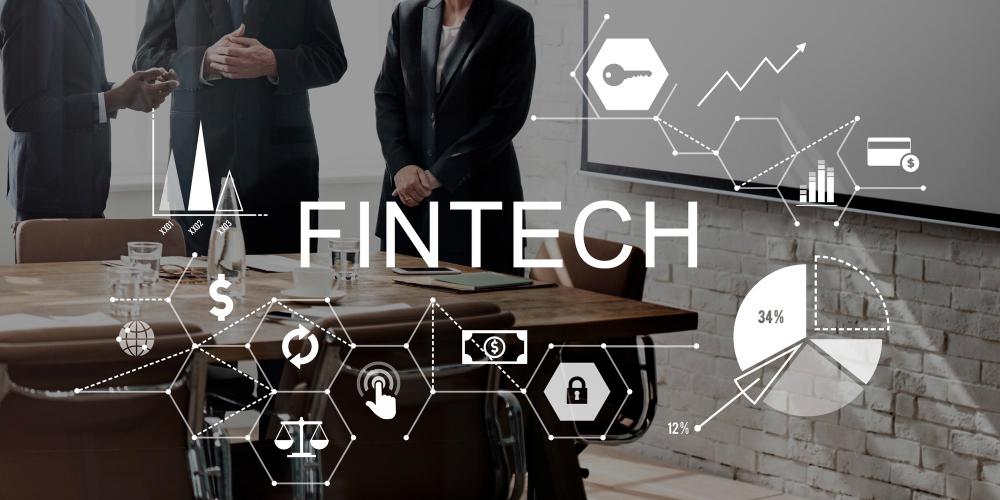The Future of Fintech Apps: Trends to Watch

The financial technology landscape has experienced rapid growth over the past decade, transforming the way consumers and businesses handle money. Fintech apps have revolutionized banking, investing, payments, and personal finance management, making them more accessible, secure, and user-friendly. With continuous technological advancements and evolving consumer expectations, the future of fintech apps promises even more exciting opportunities for innovation. In this article, we explore the key trends shaping the future of fintech apps, their implications for businesses and users, and what to expect in the coming years.
1. Artificial Intelligence and Machine Learning Integration
Artificial intelligence (AI) and machine learning (ML) are no longer optional in fintech apps—they have become essential. AI-driven algorithms help analyze vast amounts of data to provide personalized financial advice, detect fraudulent activities, and optimize investment strategies. For instance, robo-advisors in investment apps can tailor portfolio recommendations based on a user’s risk tolerance, spending habits, and financial goals.
Machine learning also improves fraud detection by identifying unusual patterns in transactions in real-time, significantly reducing the risk of financial losses. In the future, AI and ML will continue to evolve, enabling predictive analytics that can anticipate consumer needs before they even arise, making fintech apps more proactive than ever.
2. Blockchain and Decentralized Finance (DeFi)
Blockchain technology is set to redefine the way financial transactions are conducted. Decentralized finance (DeFi) platforms allow users to lend, borrow, and trade assets without the need for traditional intermediaries like banks. This approach offers increased transparency, lower fees, and faster transactions.
Future fintech apps will likely integrate blockchain for secure payments, smart contracts, and even identity verification. By leveraging blockchain, fintech applications can enhance security and build trust with users, addressing one of the key concerns in digital finance.
3. Embedded Finance and Super Apps
The concept of embedded finance—where financial services are seamlessly integrated into non-financial apps—is gaining traction. Super apps, which combine multiple services such as payments, e-commerce, banking, and insurance under one platform, are becoming increasingly popular in regions like Asia.
For example, apps that initially offered ride-hailing services now provide digital wallets, lending, and investment options. In the coming years, fintech app development will focus on creating such integrated platforms to offer a more comprehensive and convenient user experience.
4. Digital-Only Banking
The rise of neobanks, or digital-only banks, continues to disrupt the traditional banking industry. These banks operate entirely online, offering lower fees, higher interest rates, and superior user interfaces compared to conventional banks.
Digital-only banking apps are expected to expand their offerings, including advanced analytics, personalized financial recommendations, and automated savings plans. As consumers increasingly demand convenience and efficiency, neobanks will play a crucial role in shaping the future of fintech apps.
5. Enhanced Security and Regulatory Compliance
Security remains a top priority in fintech apps. With cyber threats becoming more sophisticated, developers are adopting advanced encryption, biometric authentication, and multi-factor verification to protect user data.
Moreover, regulatory compliance is critical as governments worldwide impose stricter rules on data privacy and financial transactions. Fintech app development companies must stay ahead of regulations such as GDPR, PSD2, and PCI DSS standards to avoid legal complications and build trust with users.
6. Personalization and User Experience
User experience (UX) has emerged as a differentiating factor in the crowded fintech app market. Consumers now expect apps to provide personalized insights, intuitive navigation, and seamless interactions across devices.
Future fintech apps will leverage AI, behavioral analytics, and customer data to deliver hyper-personalized experiences. From personalized budgeting advice to targeted financial products, the ability to cater to individual preferences will become a key success factor for fintech applications.
7. Voice and Conversational Banking
Voice-enabled fintech apps and chatbots are becoming increasingly popular as consumers seek faster and more convenient ways to manage their finances. Voice commands can allow users to check balances, make payments, or even get investment advice without touching a screen.
As natural language processing (NLP) and AI improve, conversational banking will become more sophisticated, offering real-time assistance and predictive recommendations. This trend will redefine user engagement and make financial management more accessible to a broader audience.
8. Sustainability and Ethical Finance
Sustainability and social responsibility are emerging priorities for consumers and investors alike. Fintech apps that provide insights into sustainable investments, carbon footprints, and ethical spending patterns are gaining traction.
Future fintech apps will increasingly integrate ESG (Environmental, Social, and Governance) metrics, helping users make financially sound decisions while supporting social and environmental causes. This shift will align financial technology with broader societal values and enhance brand loyalty.
9. Cross-Border Payments and Currency Solutions
Globalization and digital commerce have increased the demand for seamless cross-border payments. Fintech apps are increasingly facilitating international transactions with lower fees, real-time processing, and better exchange rates.
Cryptocurrencies and stablecoins also offer potential solutions for borderless finance. As international trade and remote work grow, fintech apps will continue to innovate in this space, offering convenient and cost-effective solutions for individuals and businesses.
10. Integration with IoT and Wearables
The Internet of Things (IoT) and wearable technology are opening new avenues for fintech innovation. Smartwatches, fitness trackers, and connected devices can now provide real-time financial notifications, spending alerts, and payment options.
In the future, fintech apps will integrate more deeply with IoT devices to offer contextual financial services. Imagine a wearable that tracks spending patterns and automatically suggests budget adjustments or investment opportunities—this level of integration will redefine personal finance management.
Conclusion
The future of fintech apps is undeniably exciting, driven by rapid technological advancements, evolving consumer expectations, and a growing demand for convenience and security. From AI-driven personalization and blockchain integration to embedded finance and sustainability-focused solutions, the opportunities for innovation are endless.
Businesses and startups looking to enter this space must partner with a reliable fintech app development company to stay competitive, ensure compliance, and create apps that resonate with users. As fintech continues to evolve, apps that prioritize user experience, security, and forward-thinking features will lead the charge in shaping the financial landscape of tomorrow.







